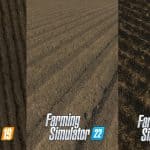
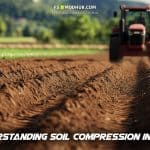
Understanding Soil Compression in FS25: Mechanics and Impact
Farming Simulator 25 is on the horizon – or maybe it’s just dropped, depending on when you’re reading this. Either way, we’ve been scouring the web, hunting down every leak, trailer, and developer tidbit we can find. Why? Because this latest installment has a ton of fresh features we’re dying to explore. But let’s be real: the one thing that’s got both devs and fans buzzing is the new soil compression mechanic.
If you’re a fan of the series, you know that the heart of Farming Simulator lies in the dirt beneath your tires. Up until now, technical constraints have kept the developers from truly revolutionizing how soil interacts with your machinery. But all that changes with FS25.
In past games, driving over a field just swapped out the textures – no real impact, no true-to-life physics. Now, Farming Simulator 25 is set to flip that script. We’re talking real, volumetric tracks that your tractor’s going to leave behind, making each pass feel authentic and satisfying. Let’s dig into what this means for your gameplay.
Soil Compression in FS25: What You Need to Know
The biggest change? Real, dynamic soil compression. No more flat, lifeless tracks that only look different because of a texture swap. Now, when you drive across a field, your machinery will leave genuine tracks in the dirt – ones that vary in depth and impact depending on the size of your equipment and the type of tires you’re rolling on.
At first, it might seem like just a visual upgrade. But imagine the difference a few laps around your field in your biggest, heaviest tractor will make. It’s a small detail, but it adds up to a more immersive experience, making your virtual farming life feel more grounded and realistic.
This new feature will be most noticeable on freshly plowed or cultivated fields, though every terrain type will show some level of compression. While it’s primarily a visual enhancement, adding a nice touch of realism, it won’t drastically alter how your machinery handles or the yield of your crops. Over time, these tracks will fade, and if you work the field with a plow or similar tool, they’ll disappear entirely.
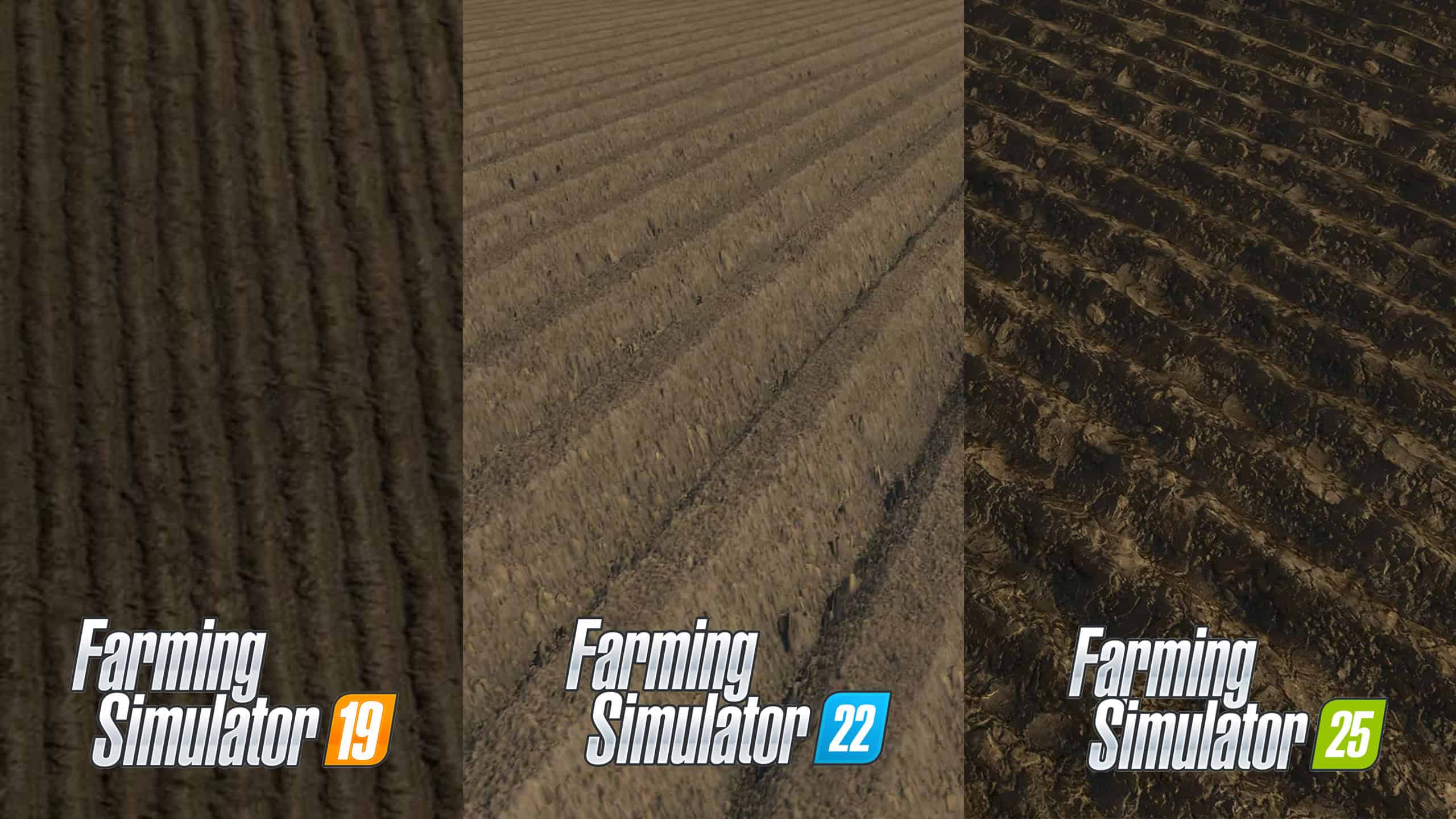
Weather’s Role in Soil Compression
It’s not just your tractors and combines that’ll leave their mark – the weather plays a big part too. Rain – soaked fields will show deeper, more dramatic tracks than dry ones, reflecting the real-life challenges farmers face when working in wet conditions. This adds another layer of realism to your farming routine, making you think twice before heading out in a storm.
Yield Impact? Not Just Yet
While it would make sense for deep ruts and compressed soil to affect your crop yields, FS25 won’t penalize you for it – at least, not in the base game. This could be a smart move, as adding another layer of complexity might overwhelm some players. However, don’t be surprised if modders step in to add that extra challenge for those who want it. For now, the new soil mechanics are all about improving the visual and immersive quality of the game.
Final Thoughts
With Farming Simulator 25, soil physics are getting a major upgrade, adding a layer of authenticity that fans have been craving. While these changes might not impact your bottom line, they’re sure to make your virtual farm feel more real than ever before. Keep an eye out for more updates, and dive into the game to experience these new features firsthand!

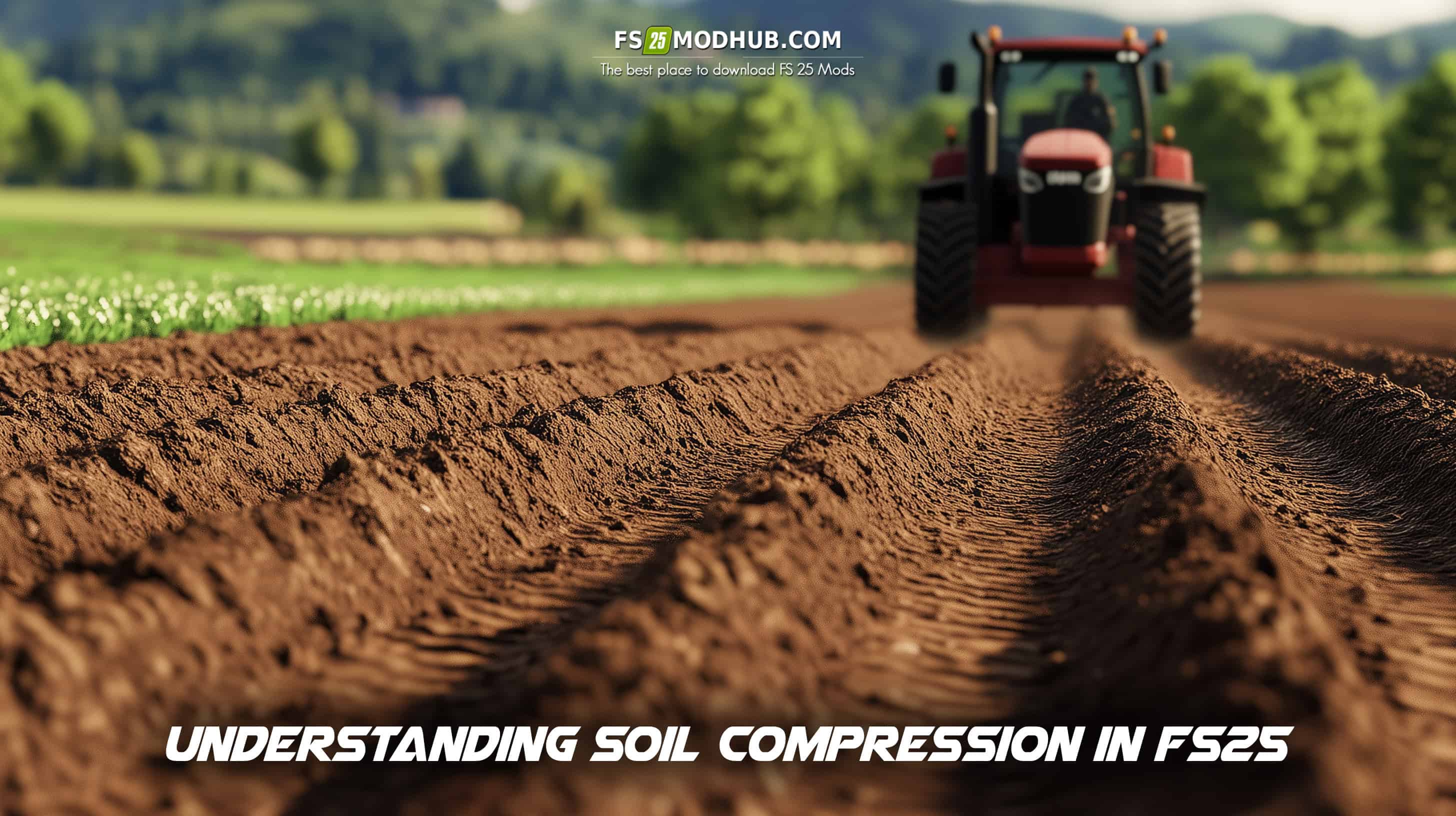
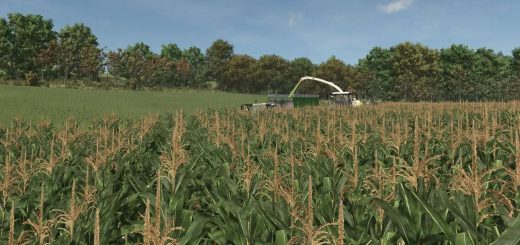
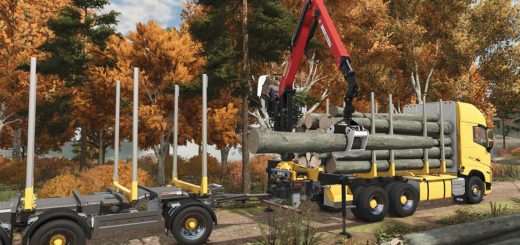
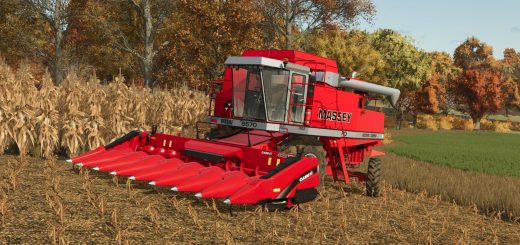

Well, I’m sorry to say, I don’t like these deep tyre tracks in my game!
Can I please have a mod to stop or turn off these profound tyre tracks?
Thank You.
Best Regards.
Paul.